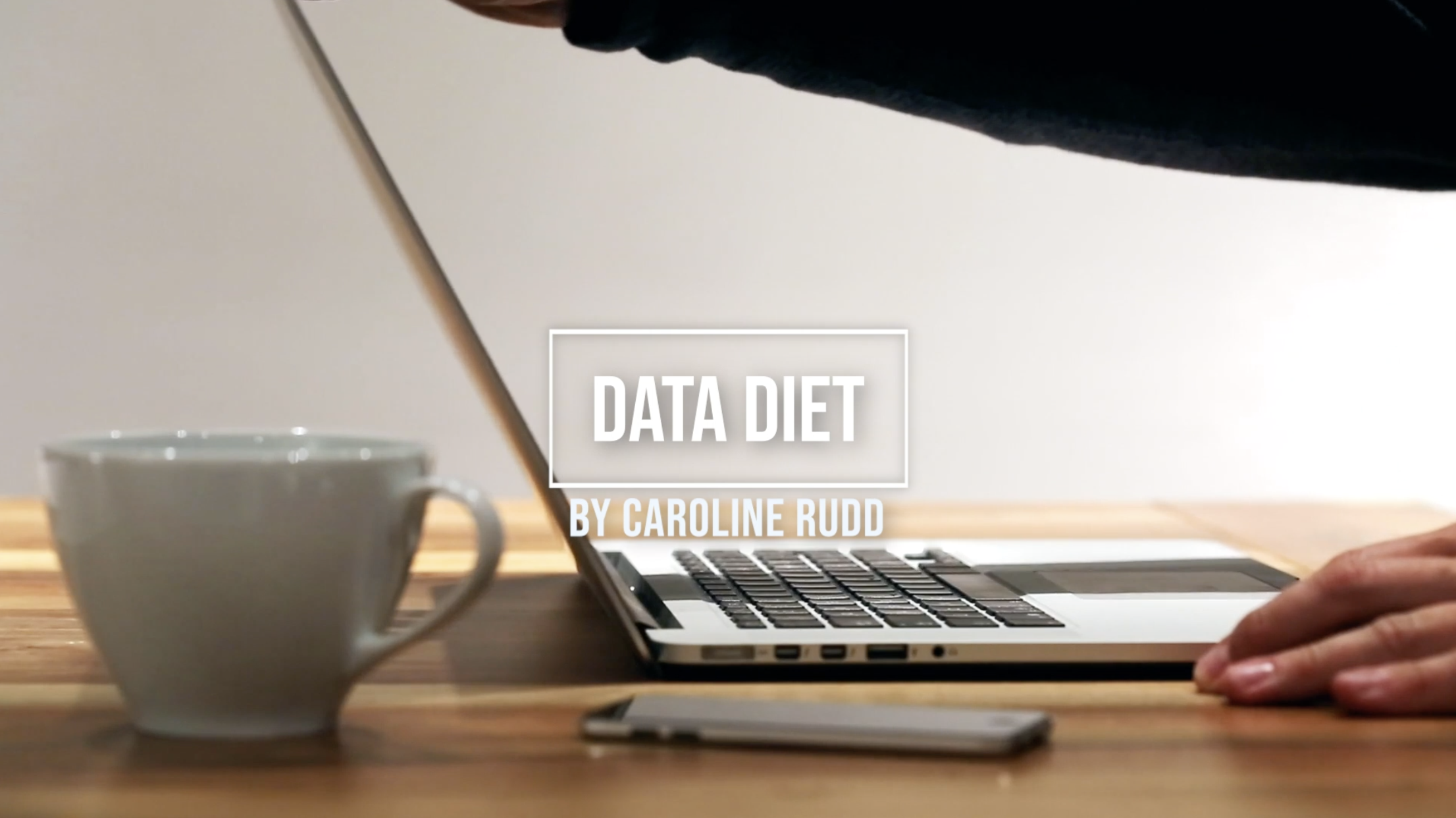Alternative Presents as New Weak Signals
The following projects are the result of the Masters in Design for Emergent Futures 2019/2020 class. Evolving over the course of nine months, they show the evolution and application of all the methodologies presented here in this toolkit, from the first Design Space based on the Atlas of Weak Signals to the iterative consolidation of projects inserted in actual communities of practice, which present and provoke new alternative presents in the different range of areas of interest the students immersed themselves in.
The projects are presented here in five different categories, which are new weak signals that the students curated themselves, as an evolution of the weak signals which they departed from. They speak about relevant trends, interests and efforts at the intersection of the vastly diverse typologies of research and topics that the students engaged themselves with.
Crafting Education(s)
These projects look at contemporary methodologies of creativity and learning to empower citizens to discover new professional paths and become hybrid profiles of the future.
Farm Academy
Pablo Zuloaga – Colombia
Radical Imaginations
Daphne Gerodimou – Greece
Augmenting Creativity
Ching-Chia Renn – Taiwan
Imagine Future of Jobs
Wongsathon Choonavan – Thailand
Intranatura
How can humanity rebalance its relationship with nature, microorganisms and our own bodies? Intranatura presents interventions to rebalance human-nature relationships for regenerative societies.
Organic Matters
Laura Freixas Conde – Spain
Balconnect
Adél Sarvary – Hungary
#Gardenfit
Magdalena Mojsiejuk – Poland
Kira Healing Nature
Juanita Pardo – Colombia
Incrementalism
Redefining Relationships highlights the effects of our interactions with the industrialised and digitalised society, challenging our habitual processes for emergent societies of the future.
Metamaking
The maker movement has given rise to societies of collaborative production and collective infrastructures. Metamorphise seeks to establish new methodologies and circular methods of consumption and distribution.
Urban Fabrication
Zoe Tzika – Greece
Ta’Awon
Hala Amer – Jordan
Making Meaning
Mitalee Parikh – India
Wasted Waste
Georgia Restou – Greece
